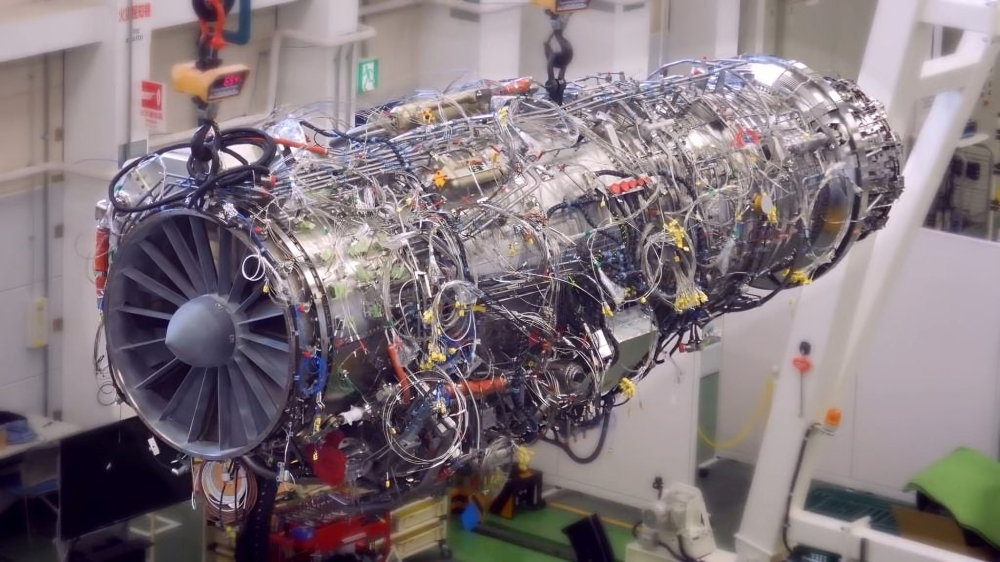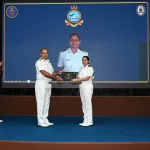India and Japan are poised to significantly strengthen their defense partnership with plans to co-produce advanced engines for next-generation fighter jets and tanks. The development emerged from a high-level meeting held on May 5, 2025, between Indian Defence Minister Rajnath Singh and his Japanese counterpart, Gen Nakatani, at the Manekshaw Centre in Delhi Cantonment.
The discussions focused on harnessing Japan’s decades-long expertise in military engine technology, particularly in the areas of aero-engines and tank propulsion systems. Japan’s established proficiency in these fields was identified as a key factor in shaping potential co-development initiatives with India’s growing defense manufacturing sector.
The meeting also encompassed broader defense cooperation themes, including maritime security, cyber defense, automation, artificial intelligence, and space technology. Both sides reaffirmed their commitment to deepening the India-Japan Special Strategic and Global Partnership, a relationship elevated in 2014 and increasingly centered on regional peace and stability in the Indo-Pacific.
In a notable gesture, Japan extended an invitation for India to join the Global Combat Air Programme (GCAP)—a collaborative effort by Japan, the UK, and Italy to develop a sixth-generation stealth fighter jet by 2035. The project aims to compete with emerging platforms such as China’s J-36, a sixth-generation tailless concept revealed in April 2025. India’s potential participation in GCAP would mark a strategic pivot in its approach to combat aviation and international defense collaboration.
India’s interest in Japanese engine technology stems from delays and challenges in its domestic aircraft programs. While development of the indigenous Advanced Medium Combat Aircraft (AMCA) is underway, engine technology remains a critical bottleneck. With the first AMCA prototype expected within five years and setbacks in the Tejas Mark II program, foreign collaboration offers an interim path toward capability enhancement.
Japan’s Aero Engine Corporation—comprising Kawasaki Heavy Industries, Ishikawajima-Harima Heavy Industries, and Mitsubishi Heavy Industries—is expected to play a central role in the proposed co-production framework. The consortium has a proven record of international collaboration, having contributed to major global engine programs including the IAE V2500, GE GEnx, and Rolls-Royce Trent 1000.
The visit also included a ceremonial element, with Minister Nakatani laying a wreath at the National War Memorial to honor India’s fallen soldiers, followed by a Tri-Services Guard of Honour. The engagements reflect the growing depth and symbolism of Indo-Japanese defense ties.
As both nations face evolving security dynamics, particularly in the Indo-Pacific, this collaborative move represents a strategic effort to leverage mutual strengths in pursuit of cutting-edge defense capabilities and regional stability.













